Mountains:
Of the 20 highest peaks in the United States, 17 are in Alaska.
Mt. McKinley, the highest peak in North America, is 20,320 ft.
above sea level. Denali, the Indian name for the peak, means "The
Great One."
Water Bodies:
The Yukon River, almost 2,000 miles long, is the third longest
river in the U.S. There are more than 3,000 rivers in Alaska and
over 3 million lakes. The largest, Lake Iliamna, encompasses over
1,000 square miles.
Glaciers:
Alaska has an estimated 100,000 glaciers, ranging from tiny
cirque glaciers to huge valley glaciers. There are more active
glaciers and ice fields in Alaska than in the rest of the
inhabited world. The largest glacier is the Malaspina at 850
square miles. Five percent of the state, or 29,000 square miles,
is covered by glaciers.
Compass Points:
Alaska boasts the northernmost (Point Barrow), the easternmost
(Pochnoi Point on Semisopochnoi Island in the Aleutians), and the
westernmost (Amatignak Island in the Aleutians) points in the
United States.
Coastline:
Alaska has 6,640 miles of coastline and, including islands, has
33,904 miles of shoreline.
Volcanoes:
There are more than 70 potentially active volcanoes in Alaska.
Several have erupted in recent times. The most violent volcanic
eruption of the century took place in 1912 when Novarupta Volcano
erupted, creating the Valley of Ten Thousand Smokes which is now
part of Katmai National Park.
Subscribe to:
Post Comments (Atom)






 Alaska Time
Alaska Time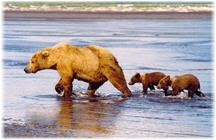








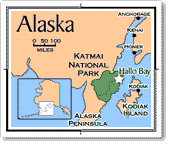

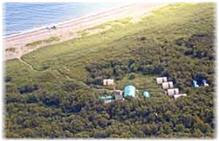


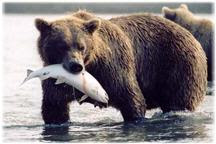
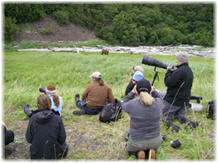




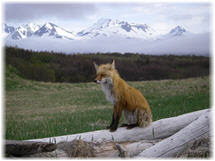


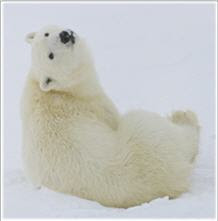







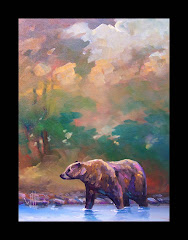




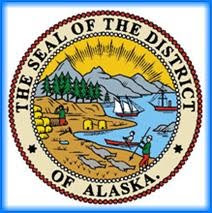
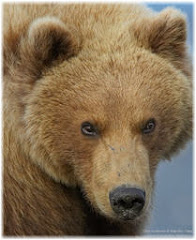




No comments:
Post a Comment